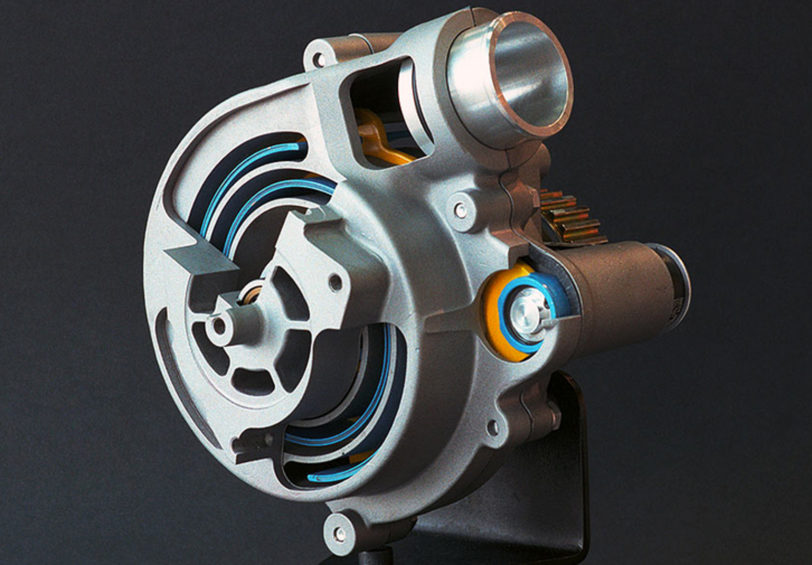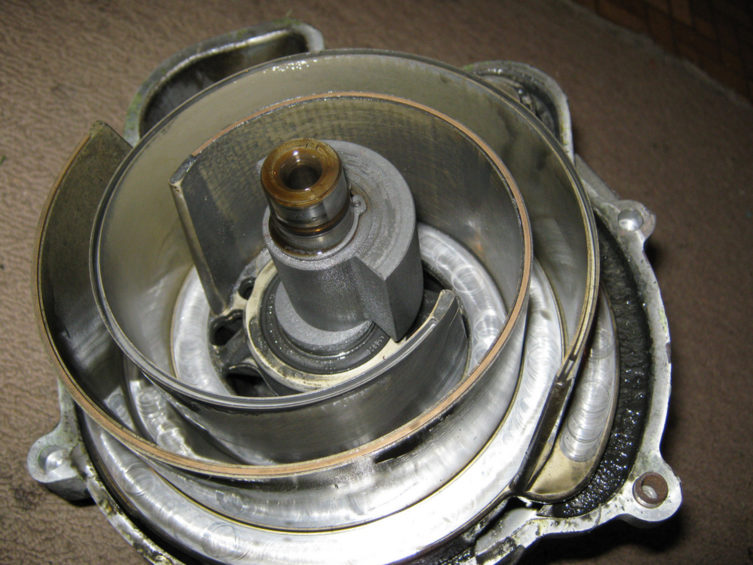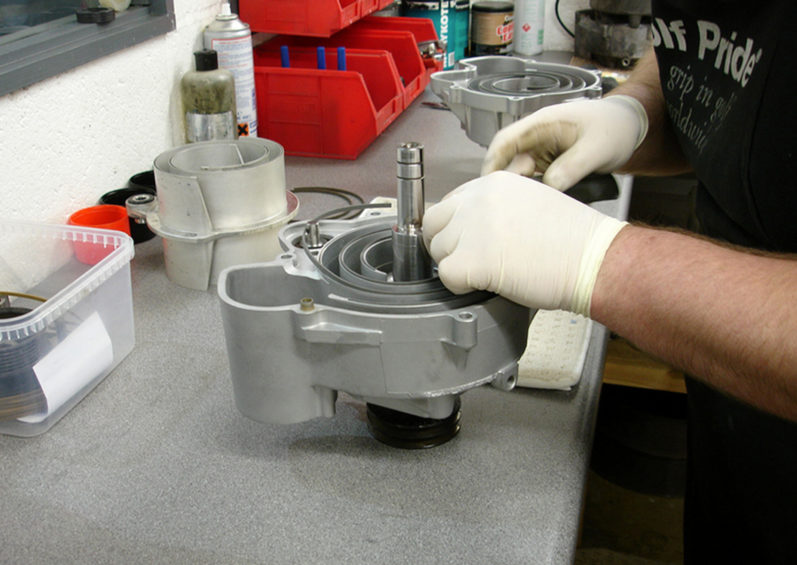Volkswagen’s supercharger gave cars like the Polo G40 and Corrado G60 a massive leg up in the performance car stakes back in the early 1990s. But when other manufacturers were using turbos, why did VW choose the G-Lader instead?
The art of supercharging goes back almost a century to the huge, blown Mercedes, Alfas, Bentleys and Bugattis that took the European race circuits by storm back in the 1930s. However, superchargers always had their snags which is why the turbo tended to dominate in the decades that followed.
The principles of forced induction are pretty simple; the greater the amount of air that can pass through an engine, the greater the power produced which is why a big engine is usually more powerful than a small one. But big engines aren’t that efficient, and don’t fit in small cars. The solution then is to squeeze extra air into a small engine under pressure. A turbo uses the flow of the engine’s exhaust gases to drive the turbine wheel, however the gases need to be flowing quickly before it spins and there’s always a degree of lag and poor low speed response.

In contrast, a supercharger is driven from the engine’s crankshaft, which means it’s always working, and because it’s not reliant on exhaust gases, it can produce dramatic power increases immediately, even at low engine speeds. Thanks to CorradoG60.co.uk for the above illustration.
So why haven’t superchargers been used more? Well, to be honest, it’s because the old designs weren’t actually that efficient. Compressed air would often escape through gaps around the pumping elements and the drive mechanism itself would sap power. They were noisy, too.

Recognising their potential, and their inherent flaws, Volkswagen therefore went back to the drawing board – the result being the revolutionary G-Lader. The name comes from the fact that there’s an air inlet on the outside of its circular casing which leads into a pair of parallel, spiral channels which wind from the inlet inwards to an air outlet in the centre of the spiral – making up the letter ‘G’.

Within this double spiral in another double spiral mounted on an eccentric shaft. With every rotation, this movable spiral forces two wedge-shaped pockets of air from the outer, open end of the spiral channel round to the centre of the unit. It takes half a turn for the air wedge to complete its journey, so each rotation delivers two pulses of air. Or, more accurately, two pairs of pulses from four air wedges as the movable spiral is double sided. It sounds a bit complicated, but the principle is beautifully simple. Unwanted air when your foot’s taken off the accelerator (don’t forget, the engine’s still spinning) is diverted to a bleed-off valve.
By the time air comes out of the G-Lader, the pressure has increased by 0.8bar which, in the case of the 75bhp 1.3 Polo engine, is enough to raise output in the G40 from 75 to a far more potent 113bhp. Low speed torque goes up by 50%, too.

The whole arrangement is super efficient; around 65% of the energy used to drive it is transformed into the intake air’s pressure increase. In its time, that was a far higher ratio than any other supercharger system. It’s quiet as well, thanks to the gentle air pressure fluctuations, smooth airflow and low air speeds.

The beauty with the G-Lader is its spontaneous torque for rapid overtaking, much better fuel efficiency than a turbo engine as well as impressive reliability and durability. The G-Lader will need regular servicing, and while VW never specified an actual rebuild/overhaul interval, the bearings and seals within the charger have a finite lifespan, depending on the engine’s state of general tune.

On a standard setup, a rebuild every 45,000 miles is generally recommended. This might involve stripping the charger, cleaning the casing and inspecting the various components for wear before reassembling with new oil seals, apex strips, bearings and drive belt – usually using higher specification parts than when the supercharger left the factory. The cost of doing this starts at £340 from the likes of Jabbasport. Alternatively, if yours is beyond repair, we supply genuine exchange G60 ‘chargers here.
If you’re the lucky owner of a G-Lader equipped VW, pat yourself on the back, enjoy all that instant power and reassure yourself that you’re driving a car that was, like a lot of Volkswagen products, gloriously ahead of its time in many respects.
Ian
The opinions expressed here are the personal opinions of the author and do not necessarily represent the views and opinions of VW Heritage.


Regarding the G60 engine used in the mk2 Golf and Corrado, was the 1781cc engine derived from the EA827 as commonly believed due to its displacement or in fact an enlarged EA111?
If the former why did Volkswagen not further enlarge the engine to 1984cc roughly putting out 176-234 hp?
Additionally apart from the mk3 Golf A59 prototype, why did Volkswagen not instead pursue a 1781-1984cc 4-cylinder turbo layout in place of the G60 akin to what Audi were doing with the related 5-cylinder engine? The same can be said on the Polo G40 given the EA111 was capable of being enlarged to a 1.6.
I have a 1990 corrado g 60 it has a 105.000 in perfect condition everything works how much is the car worth